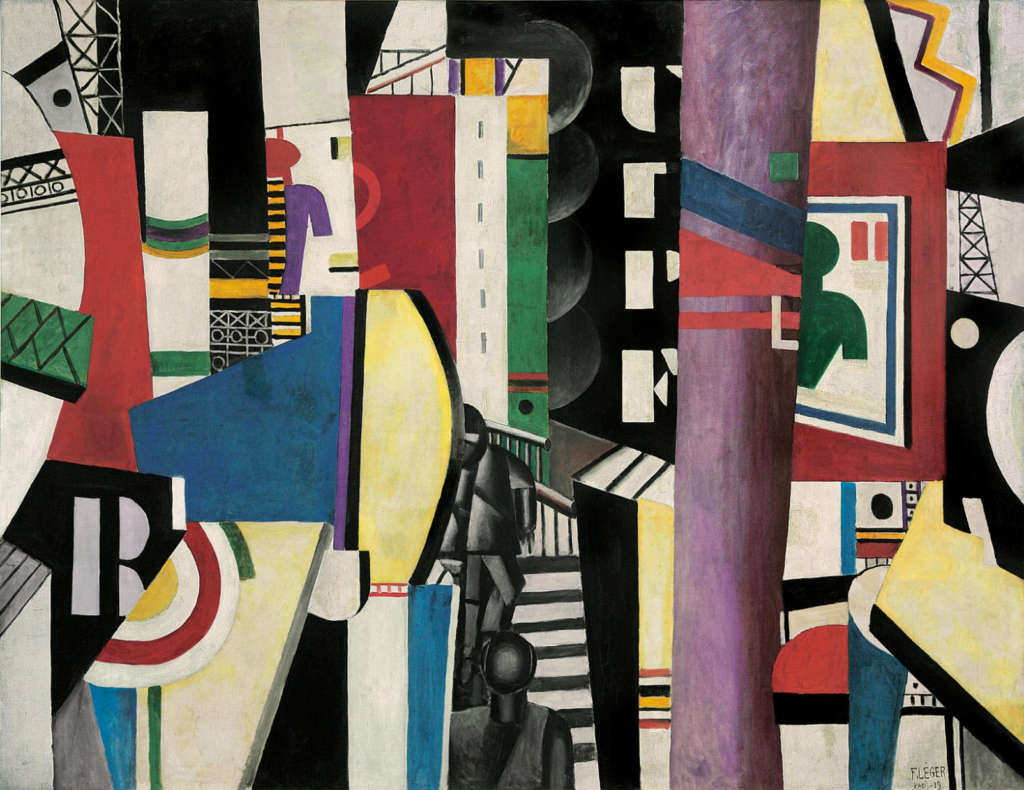London – Hindawi Publishing Corporation issued a new book “Postmodernism: A Very Short Introduction” by Christopher Butler, a critic and a former professor at Oxford University. The book – translated by Shaima Taha al-Ridi – is composed of four chapters supported with references and additional readings.
It is worth noting that in his book, Butler focused on postmodernism in literature, art, and music – far from the economic, social, and intellectual aspects of life. He also wrote about the 20th century, although modernism has started way before this era, with the invention of printers in 1447 and many other world-changing revolutions in Europe and USA.
The postmodernism movement tackled by Butler has artistic and cultural basis that focuses on the distinction between ego and object.
The first chapter talks about the Ulysses novel written by James Joyce, “The City” painting for Fernand Léger, and “the Threepenny Opera” by Bertolt Brecht – these works broke all ties with the past and focused on modernism by discussing innovation, modern techniques, urban life, and the regular human being who is far from royalties.
The second chapter discusses modernism movements which introduced new creative concepts for literature, art, and intellects. These concepts mainly relied on freedom and the use of mind.
In his book, Butler sees that modern artists didn’t highlight their ideas and explain their intentions, unlike writers, who used implicit indices to emphasize the balance between past and present.
The third chapter focuses on modern art and focused on three renowned figures as examples.
Finally, the fourth chapter tackled “modernism and politics” – it shed lights on figures like Hitler and the Nazis who attacked the modern art and considered it as an abject topic. Hitler considered that symbols of this type of art lacked morals and promised people to get rid of it.
This book has provided a brief summary on the conflict between the modern and realistic art. No one can doubt Butler’s capacity in tracking modernism in literature and art, however, the critic needs to shed lights on some intellects who paved the road of modernism like Hegel, Descartes, and Immanuel Kant.
